Veolia launches largest project to produce bio-methanol from pulp mill waste
Green Car Congress
APRIL 7, 2022
The Kraft pulping process transforms wood chips into pulp, from which a broad range of paper products are made. Black liquor is the waste byproduct from the kraft pulping process after pulping is completed. Veolia Group designs and provides solutions for water, waste and energy management.

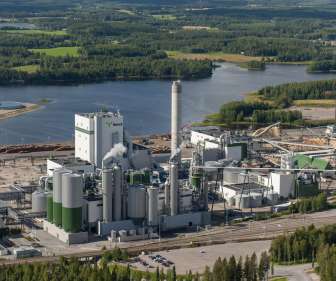

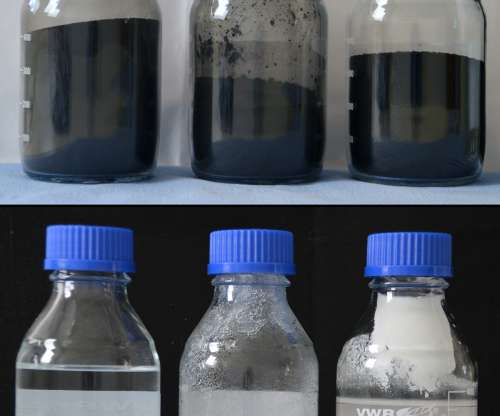


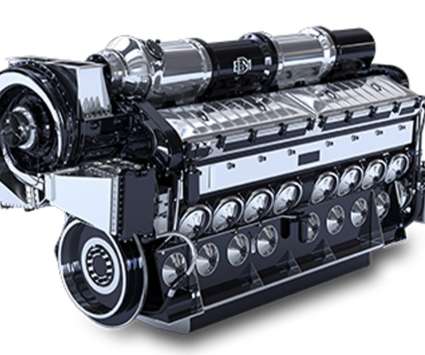
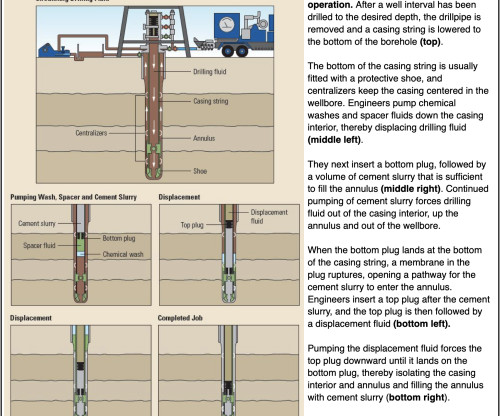


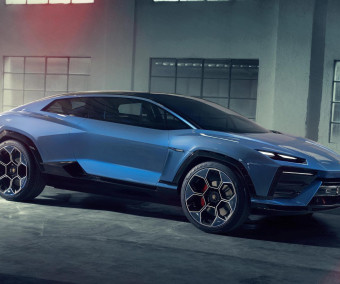
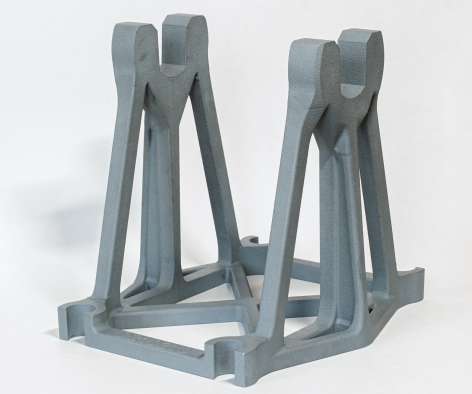



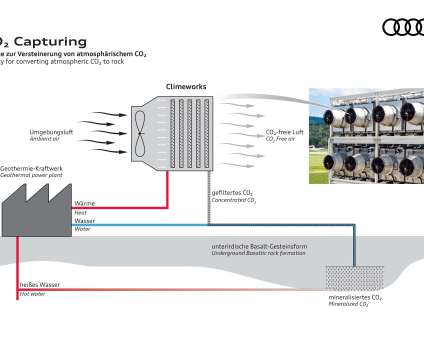


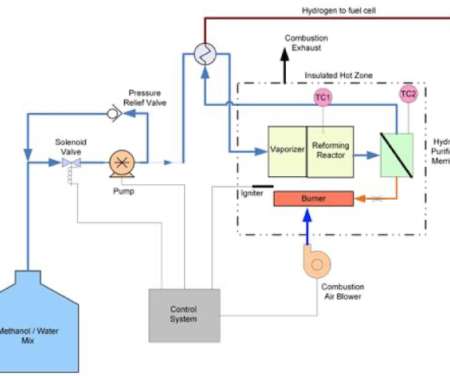



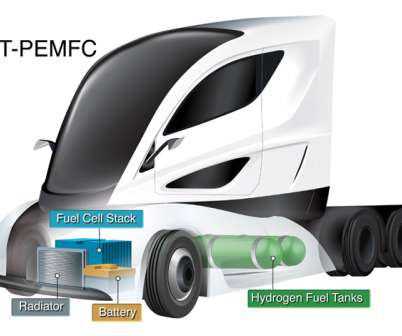

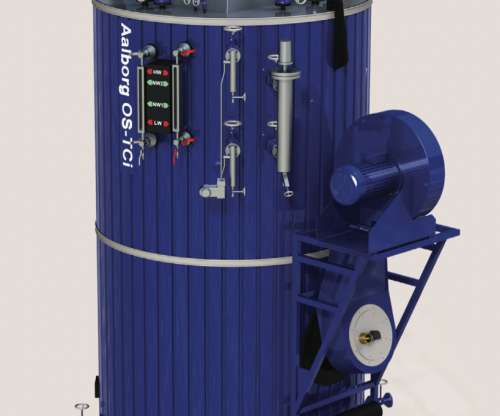







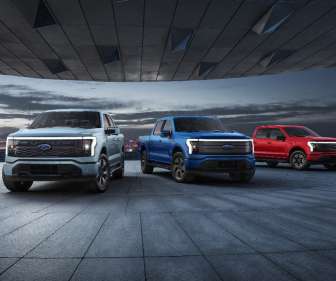










Let's personalize your content